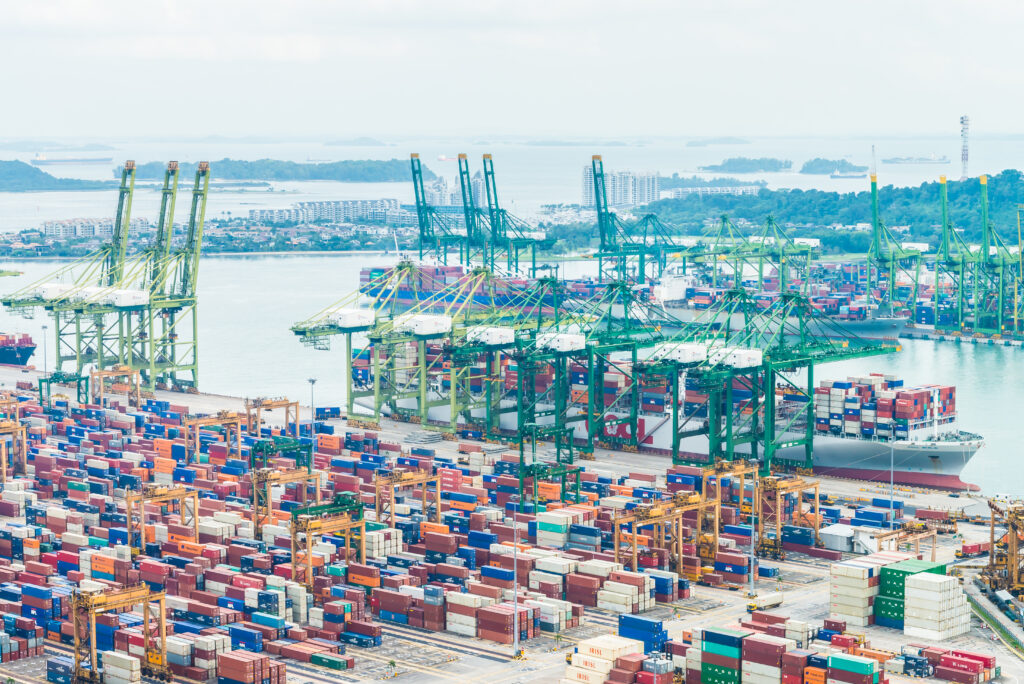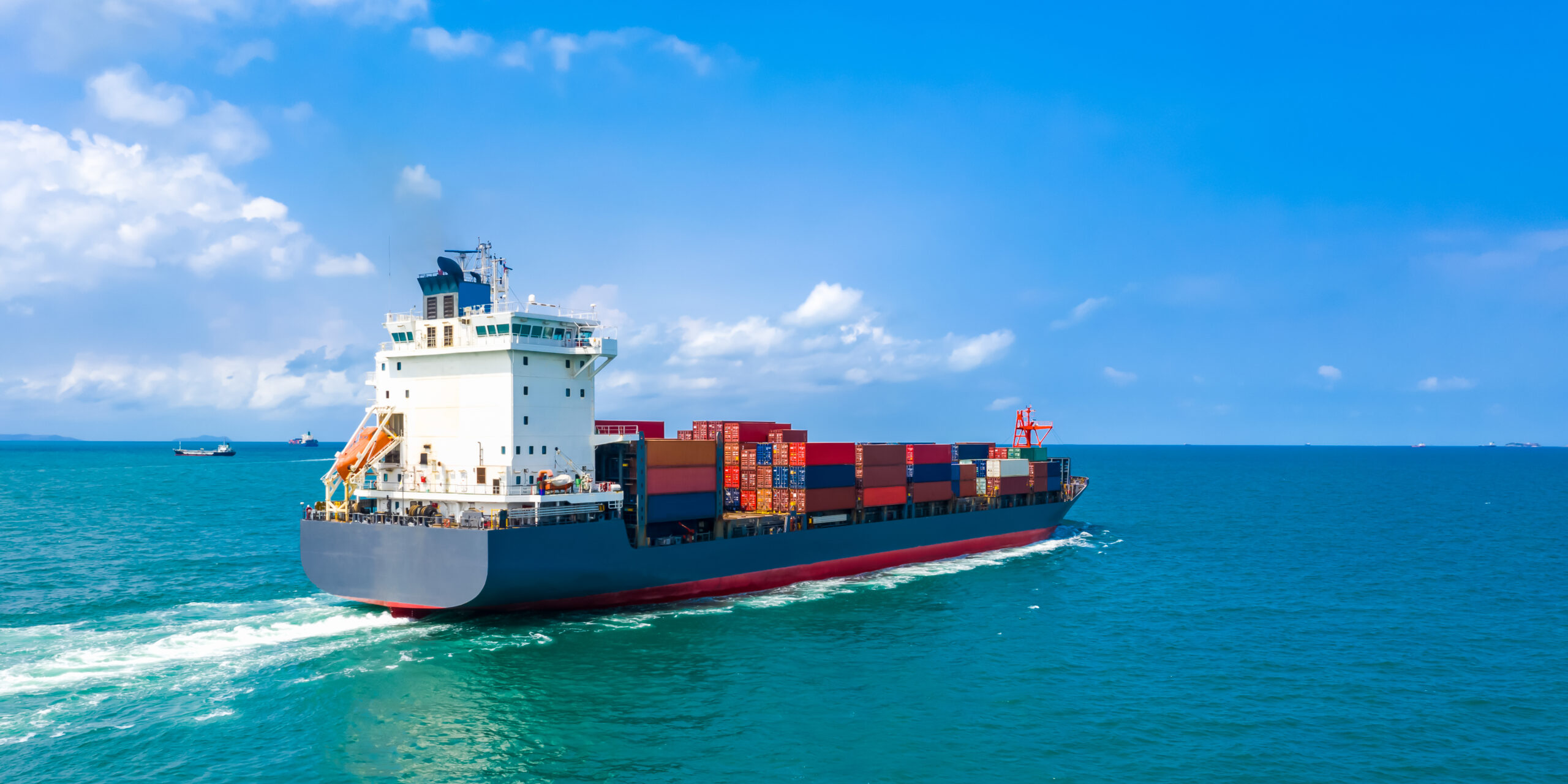There’s been a noticeable shift in shipping lately, blank sailings are back in the spotlight, and tariffs might be to blame.
If you’ve been tracking vessel schedules or managing supply chains, you’ve probably seen the impact already.
Blank sailings, where shipping lines cancel a scheduled trip, are spiking as carriers react to the latest round of tariffs.
It’s not just about cutting costs, it’s also about rebalancing capacity in an unpredictable market.
Some routes are seeing more cancellations than others, leaving businesses scrambling to adjust timelines and expectations.
This isn’t the first time blank sailings have popped up, but the timing and scale are raising some eyebrows.
As global trade shifts and new tariffs take hold, carriers are making quick moves to stay profitable, even if that means pulling ships from key lanes.
We’re breaking down what’s going on, why it matters, and what it could mean for your next shipment.
What Is a Blank Sailing?
A blank sailing happens when a shipping carrier decides to cancel a scheduled port call or an entire leg of a voyage. In simple terms, the ship just doesn’t show up as planned.
The blank sailings meaning is especially important for businesses relying on predictable shipping timelines.
When a sailing is skipped, cargo can be delayed by days or even weeks, disrupting supply chains and delivery commitments.
In logistics, blank sailings meaning is more than just a no-show, it’s a signal.
It reflects shifting market dynamics, whether that’s due to seasonal slowdowns, fuel costs, or in today’s case, sudden policy changes like tariffs.
If you’ve been wondering what is a blank sailing, it’s a growing tactic carriers use to manage uncertainty, but it can leave shippers scrambling for backup plans.
How Did the 2025 Tariff Trigger Blank Sailings?
When the 2025 tariffs took effect, global trade flows shifted almost overnight. Carriers turned to blank sailings as a strategic response.
Here’s a deeper look at why:
1. Drop in Demand
The tariffs made imported goods more expensive for buyers, especially on high-volume lanes between Asia, North America, and Europe.
As importers pulled back on orders to avoid higher costs, vessels began sailing under booked. Fewer shipments meant less reason to keep all routes active.
2. Cost Management
Running large container ships with minimal cargo is financially unsustainable.
Blank sailings allowed carriers to skip unprofitable voyages, saving on fuel, labor, and port fees. It’s a cost-control move during uncertain times.
3. Rate Stabilization
When demand drops, oversupply of vessel space can lead to falling freight rates.
By canceling some sailings, carriers reduced capacity on purpose to keep rates steady and avoid a pricing free-fall.
4. Network Rebalancing
With trade volumes shifting due to the tariff, carriers used blank sailings to move ships to other routes with stronger or more stable demand.
It’s a way to reassign resources without committing to long-term changes.
5. Strategic Flexibility
Tariffs create short-term unpredictability. Blank sailings gave carriers room to adjust operations week by week while keeping options open.
It’s a defensive move to avoid getting locked into inefficient schedules.
In essence, the 2025 tariffs reshaped supply and demand patterns, and blank sailings became the quickest lever for carriers to pull in response.
What Does Blank Sailing Mean for Your Next Shipment?

If you’re moving goods across the ocean, especially from China, blank sailing means your supply chain could feel the pressure soon.
The real impact will likely show up around mid-May (Weeks 20–22), when capacity starts tightening.
Major Chinese Ports Are the First to Feel It
Ports like Yantian, Ningbo, and Shanghai are already seeing disruptions.
One to two weeks after blank sailings begin, available space on vessels can drop sharply, sometimes by as much as 50%.
This makes it harder to secure bookings and increases the risk of delays, rolled cargo, and rising freight costs.
So what does blank sailing means for you in real terms? Expect more competition for limited space, steeper shipping rates, and unpredictability in transit times.
These changes can ripple through your supply chain fast.
The Consumer Impact: Delays, Shortages, and Higher Prices
Even if summer inventory is already on shelves, upcoming retail seasons like Back-to-School and the holidays could be affected.
Products like toys, which rely heavily on Chinese manufacturing, are especially vulnerable.
With 77% of U.S. toys sourced from China, shortages could drive up prices and leave fewer options for consumers.
How Teamship Helps You Handle Blank Sailing Fallout
When carriers cancel routes or delay shipments, the ability to adapt quickly matters more than ever.
That’s where Teamship WMS comes in. It’s built for businesses that need flexibility, speed, and clarity, especially when disruptions like blank sailings throw a wrench into operations.
Here’s how Teamship’s features help you stay ahead:
1. Blank Sailings Disrupt Inbound Inventory Flows
When ocean freight is delayed or canceled, the first operational pain point is usually inbound stock arriving late at warehouses.
If your WMS isn’t set up to handle those shifts in inventory timing, everything from order fulfillment to planning for promotions gets thrown off.
Teamship helps by giving full visibility across warehouses, so if inventory expected at one location is delayed, you can quickly pivot to fulfill from another.
2. You Need Flexibility in Multi-Warehouse Fulfillment
Blank sailings force businesses to get creative.
If one warehouse is low on stock due to shipping delays, the ability to route orders from another facility becomes critical.
Teamship’s multi-warehouse fulfillment lets brands and 3PLs adjust in real time, avoiding stockouts or customer delays.
3. Inventory Management Needs to Be Smarter During Disruption
When timing is uncertain, knowing exactly what you have, where becomes essential.
Features like inventory tagging help identify stock by type, season, or urgency, making it easier to prioritize what’s available while waiting on delayed goods.
Get in touch for more information!
Final Thoughts
Blank sailings may be out of your control, but how you respond isn’t. The right WMS gives you options, visibility, and confidence even when the shipping landscape shifts.
Teamship helps you stay prepared, make quicker decisions, and keep your supply chain running smoothly, no matter what gets canceled.
Frequently Asked Questions
1. How far in advance are blank sailings usually announced?
Most carriers provide notice 1–3 weeks ahead, but updates can change fast. Monitoring carrier bulletins and using supply chain software helps you react in time.
2. Can blank sailings affect inventory planning for peak seasons?
Absolutely. Missed sailings can delay inbound stock, which throws off seasonal planning. Buffer inventory and flexible fulfillment strategies are crucial.
3. Are blank sailings becoming more common post-2025 tariffs?
Yes. With shifting trade routes and tariff-related uncertainty, carriers are using blank sailings more strategically to manage capacity and protect margins.

